Swiss to create world’s biggest digitised artwork
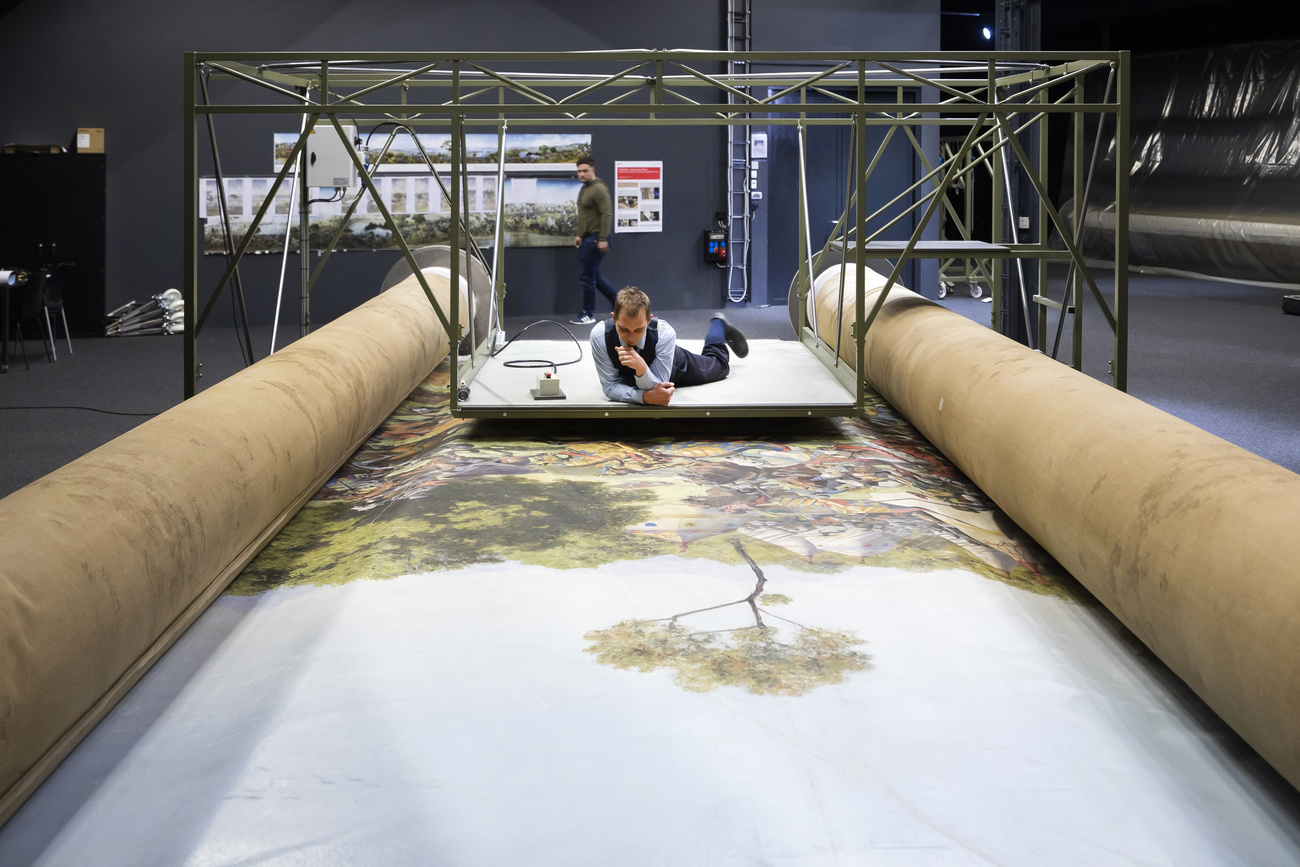
Researchers in Switzerland plan to digitise the monumental “Battle of Murten” historic painting (100x10 metres) to create the largest digital image of a single object ever created.
Murtenschlacht Panorama [Panorama of the Battle of Murten] is a huge circular painting depicting the victory near Bern of the Swiss cantons over the Duke of Burgundy, “Charles the Bold”, in 1476. Produced by the German painter Louis Braun in 1893, the 10m x 100 m canvas is stocked on several giant rolls each weighing 700 kg.
Following restoration work, scientists at the Federal Institute of Technology Lausanne (EPFL) will begin digitisationExternal link of the painting this August.
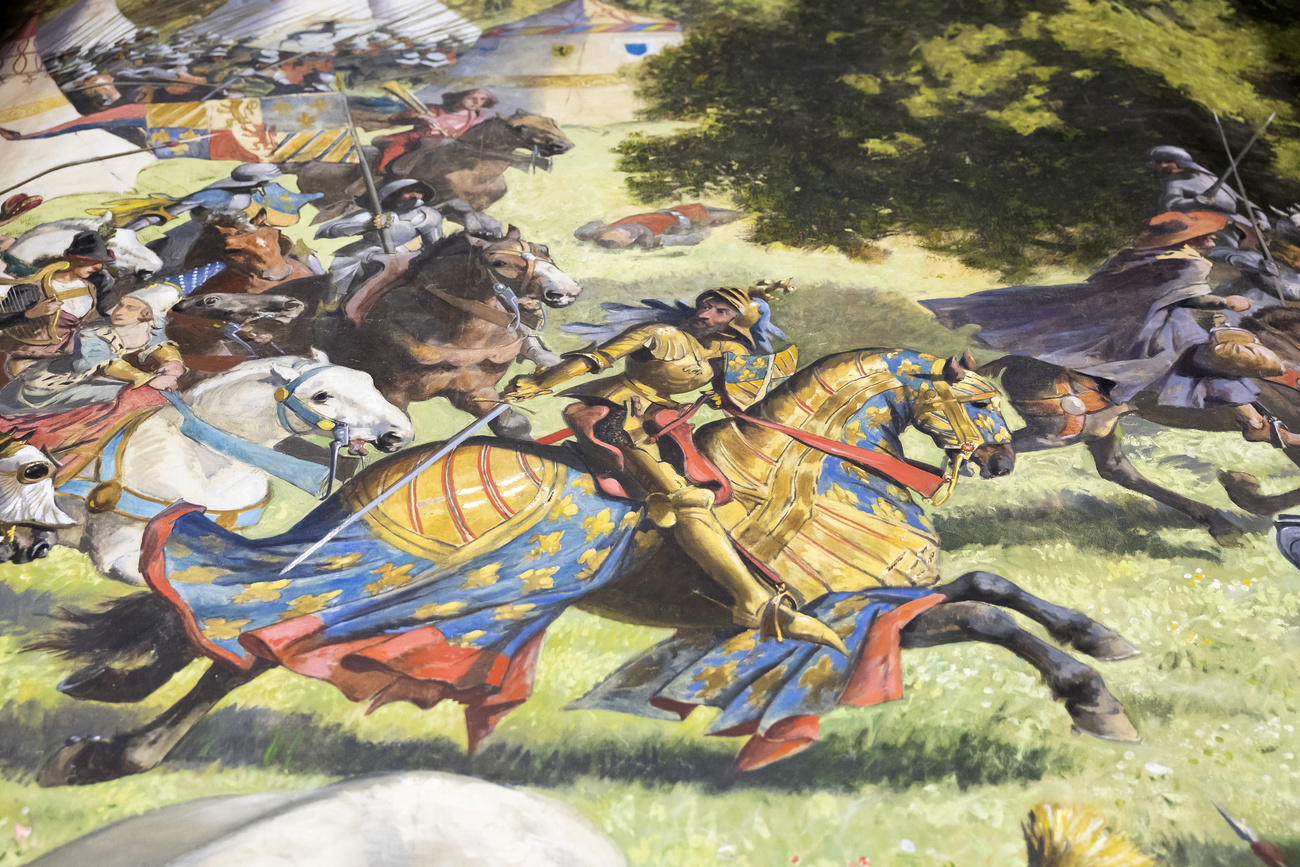
Using a specially mounted mobile ultra-high-resolution camera, the huge panorama will be carefully scanned. An iXH 150MP digital cameraExternal link with a 120 mm lens specially built by camera manufacturer Phase One will take approximately 127,000 images over four months. The completed 1.6 terapixel digital image will have a resolution of 1,000 dots per inch (dpi). It will have a colour range beyond the spectrum of visible light, EPFL says.
This will be “the largest digital image of a single object ever created”, according to Sarah Kenderdine, director of EPFL’s Laboratory for Experimental Museology.
Click on video link below to learn more about the digitisation project.
The project involves numerous challenges including capturing a flawless 2D picture despite irregularities on the canvas surface. The original canvas is also hyperboloid in shape, as it was intended to be displayed in a rotunda. The painting will therefore need to be carefully spooled across a substrate to ensure smooth image capture.
The technological aspects will be the subject of various research work and enable scientific contributions in the fields of data science, conservation, and historic panoramas. It will also include the use of blockchain technologies, the analysis of hyperspectral images and digital conservation.
The digitisation will be just the first step. In a second phase, EPFL researchers will build an interactive 360° 3D visualisation system that is 10 metres in diameter.
“The unprecedented resolution will zoom beyond what the naked eye can see, all in a dynamic and immersive soundscape,” explains Kenderdine.
Like similar 3D experiences, such as a visit of the tomb of the Egyptian queen Nefertari, the high-resolution image will allow viewers to immerse themselves in the battle and zoom in on specific elements, such as the soldiers’ coats of arms, and get additional information, adds Daniel Jacquet, a historian and project manager on the EPFL project.
“Our goal is to be able to offer a great range of functions for the 550th anniversary of the battle in 2026,” he notes.
Historic importance
The small town of Murten in northwest Switzerland played a crucial role in shaping European history.
It was there in the 15th century that the Swiss Confederates scored a decisive victory over the Burgundian forces of Charles the Bold in one of most famous battles in Swiss history.
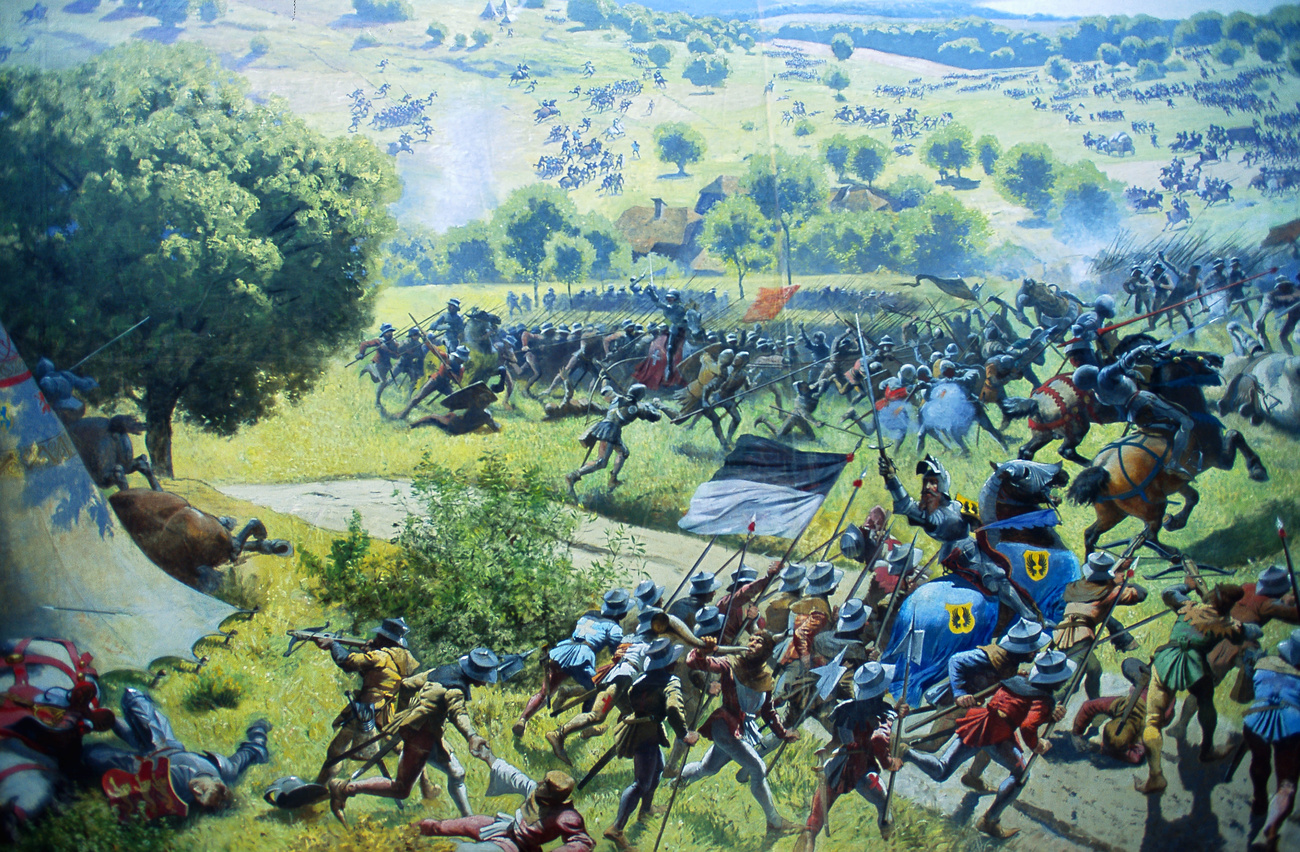
In Murten and two other battles, the Swiss checked Charles’ expansion, to the delight of the Confederates but also of the French king, Louis XI, and the Habsburgs.
Birth of panoramas
Huge panorama paintings like the Battle of Murten were fashionable at the end of the 19th century and the beginning of the 20th century. The monumental cylindrical images were typically placed in round buildings with the public standing at the centre.
“It was the most immersive experience that the public could live, before the appearance of the cinema,” says Kenderdine.
The Murten panorama was displayed in Zurich, then Geneva, before falling into oblivion.
The emergence of film and cinemas led to the slow disappearance of panoramas; most paintings were destroyed. Today, there are thought to be 15 such historic panoramas (also called cycloramas) from the 19th century still in existence. Many represent battles, such as Murten, Atlanta, Gettysburg and Waterloo, but there are also landscapes and religious scenes.
Switzerland has four such panorama paintings. In addition to the Battle of Murten, there is also The Entry of the French Army at the Verrières (Lucerne), the Crucifixion of Christ (Einsiedeln) and the Thun PanoramaExternal link, the oldest in the world produced in 1814.
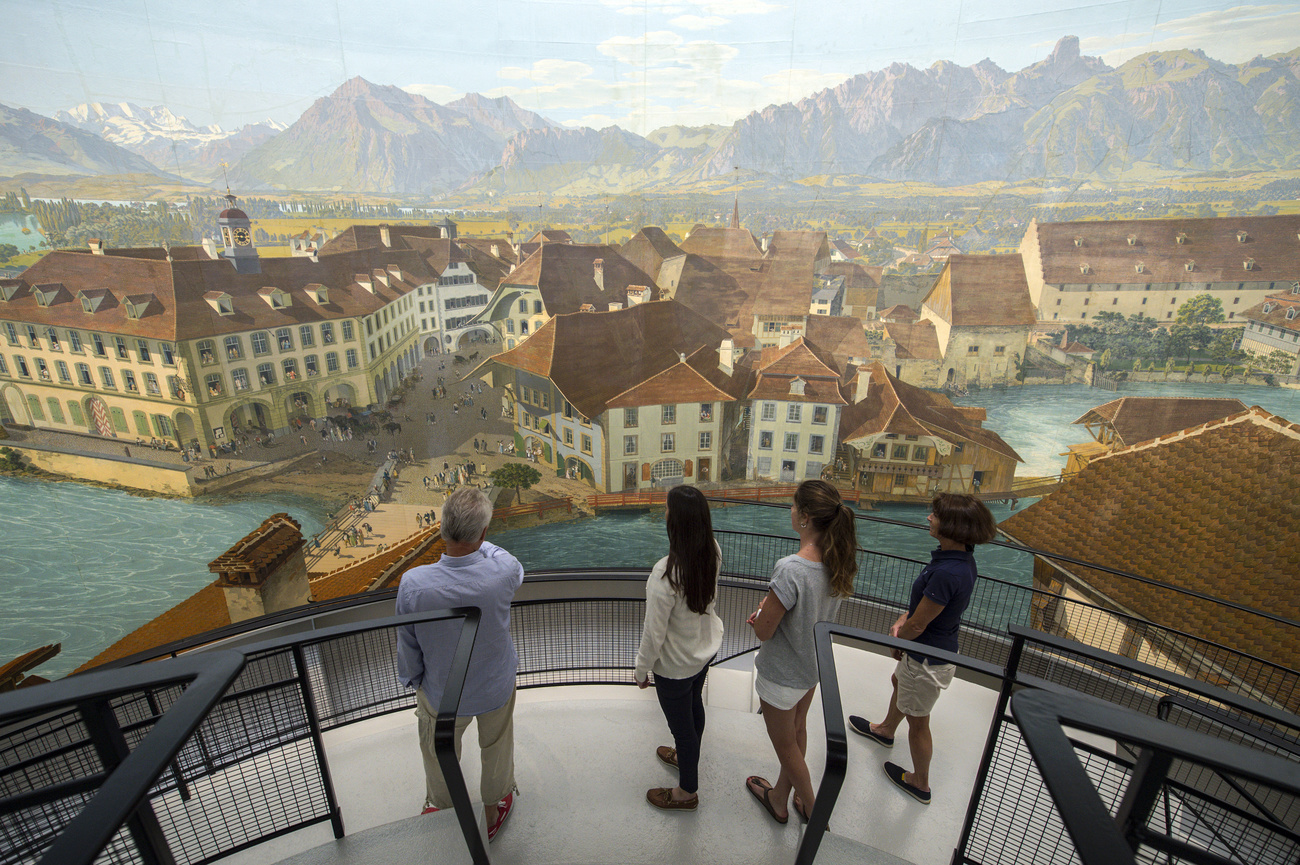
Future of original uncertain
The new digitisation project has sparked huge interest, not just in Switzerland.
“There is a real community of enthusiasts around panoramas and even an International Panorama CouncilExternal link [an international organisation of specialists that support their heritage and conservation], which closely follows our work,” says Jacquet.
While the digitisation process it underway, it remains unclear, however, what will happen to the huge rolls of the original Battle of Murten painting when the project is completed. The panorama was last shown to the public during the 2002 national exhibition (Expo 02) in Switzerland.
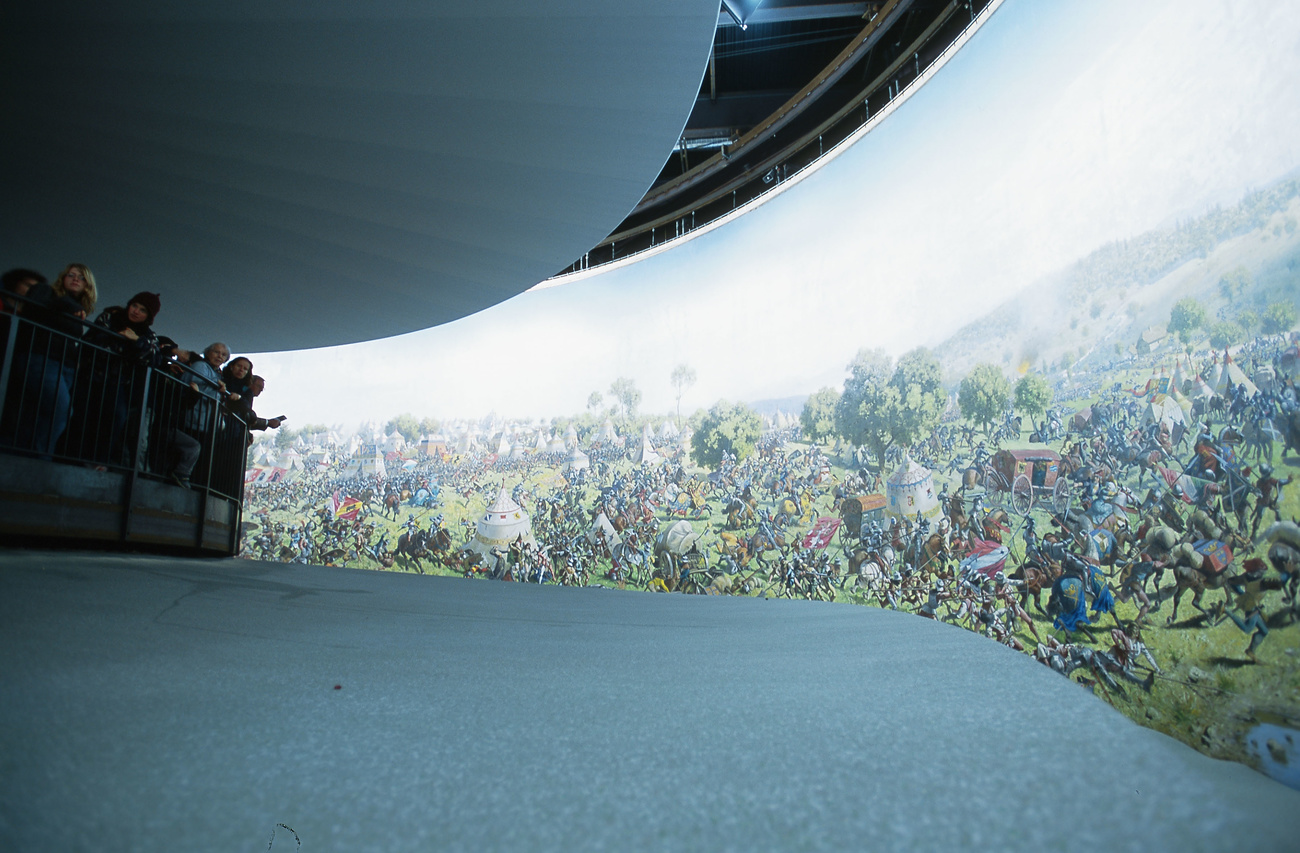
The monolith in which the panorama was last shown was dismantled after the exhibition and the canvas was stored for 20 years in a military bunker in the Bernese Oberland. Since then, several projects have been studied to offer a new exhibition home, but none have been successful. The search for a permanent solution continues.
Andreas Fink, president ad interim of the Association of Friends of the Panorama of Morat 1476External link, is confident the EPFL project will not mean the original panorama will be forgotten and left to gather dust in another Swiss bunker.
“Nothing will ever replace the original model,” he says.
Adapted from French by Simon Bradley

In compliance with the JTI standards
More: SWI swissinfo.ch certified by the Journalism Trust Initiative

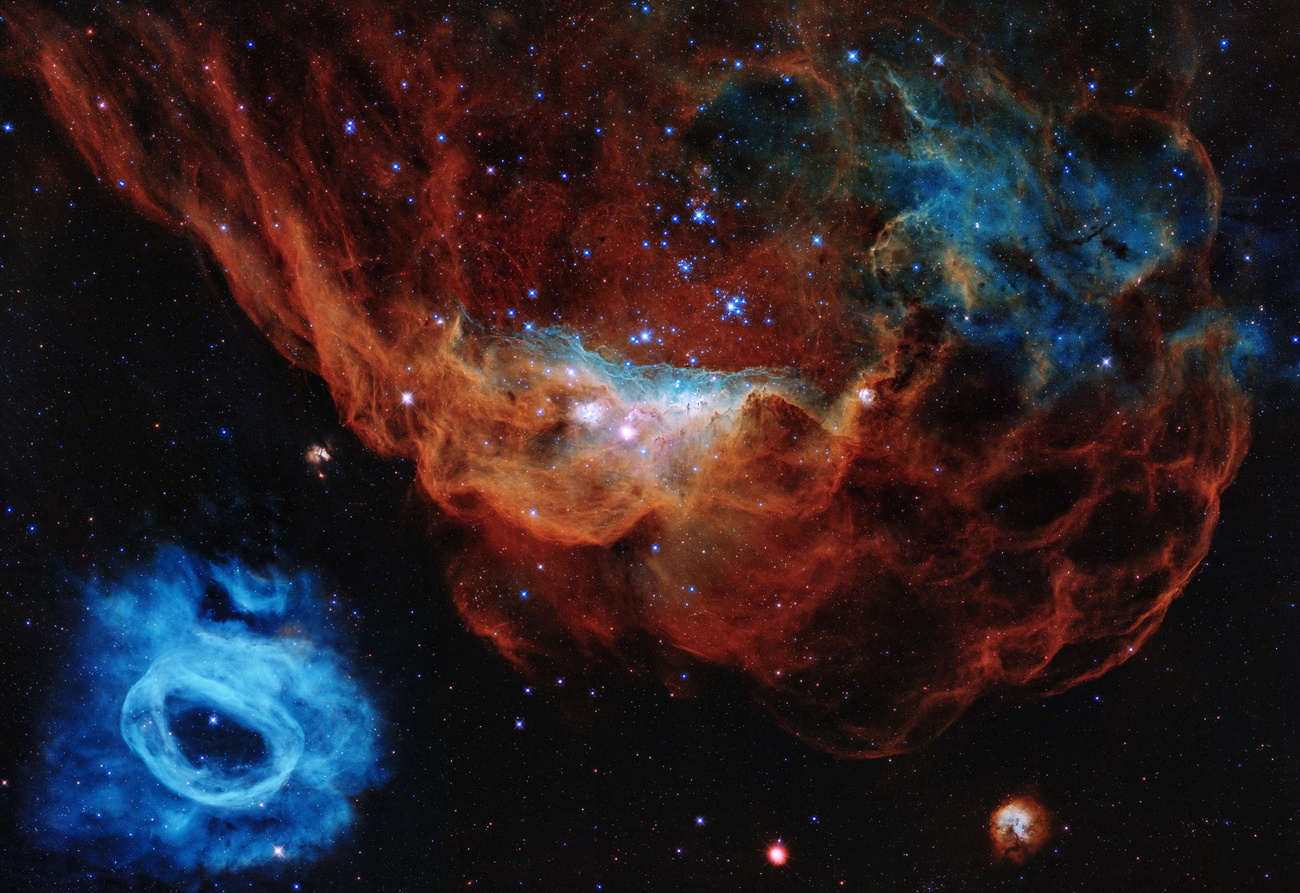
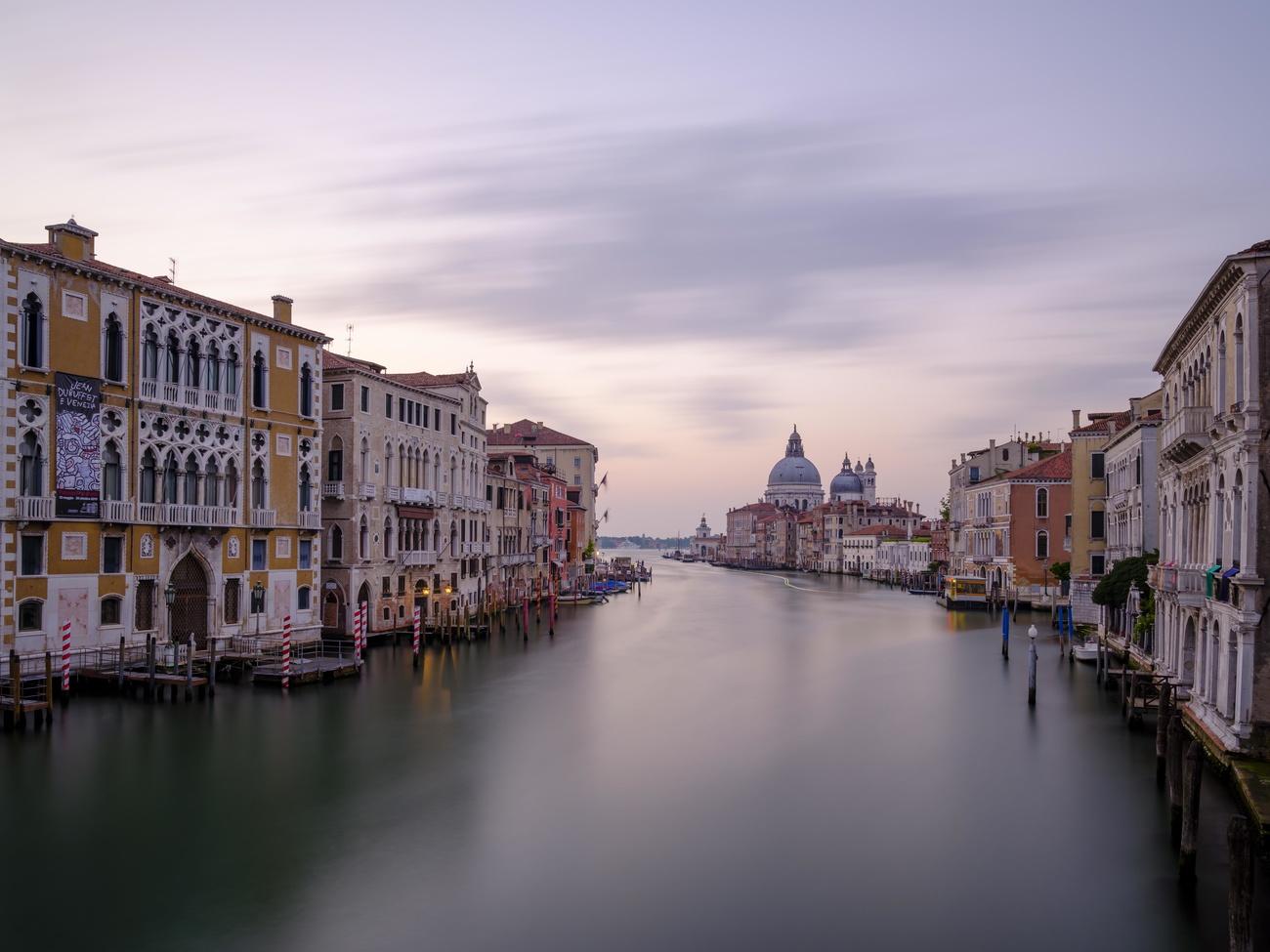
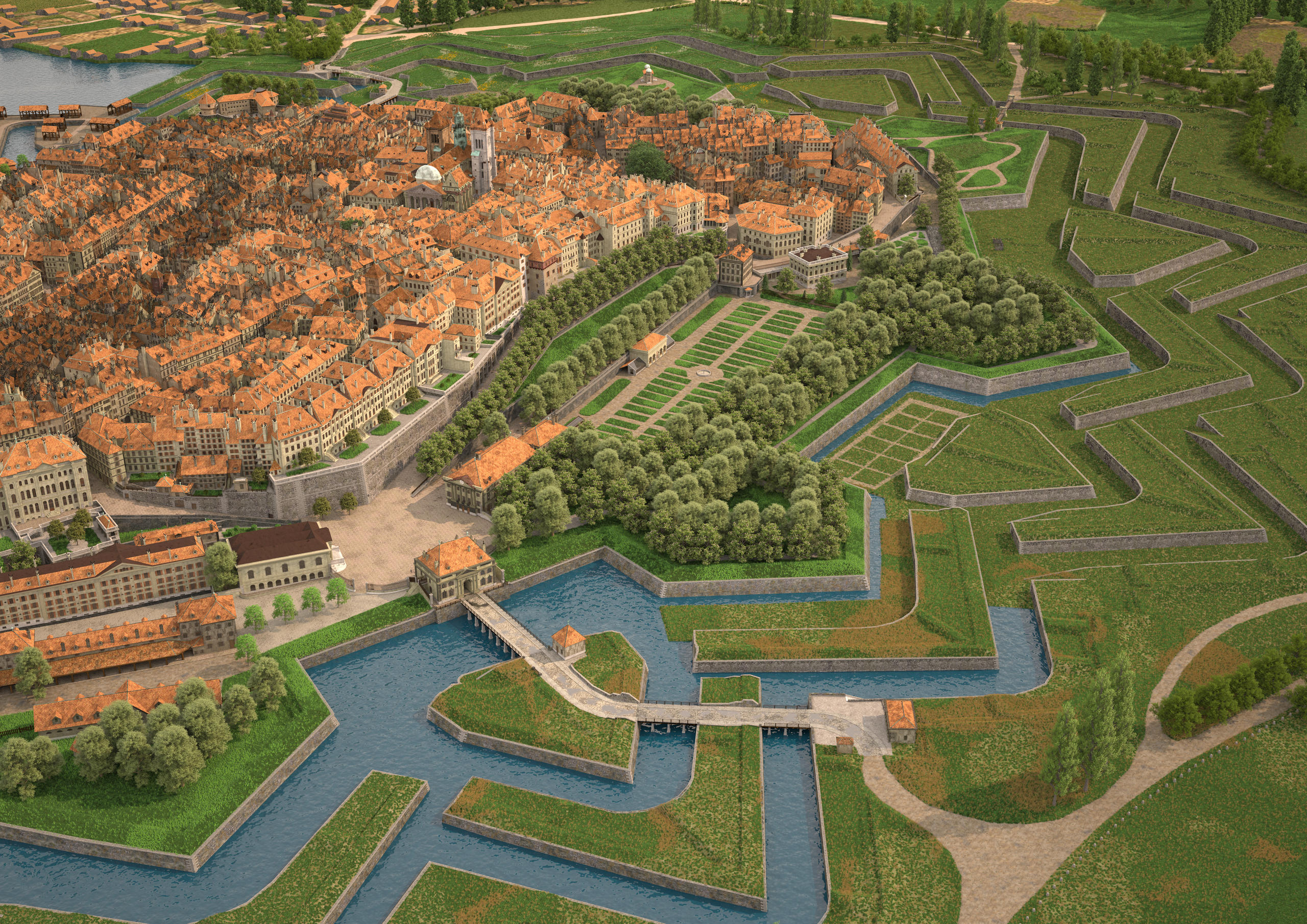
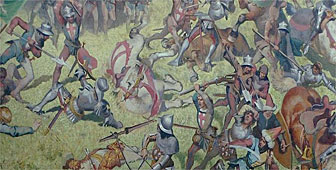
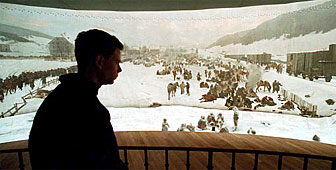
You can find an overview of ongoing debates with our journalists here. Please join us!
If you want to start a conversation about a topic raised in this article or want to report factual errors, email us at english@swissinfo.ch.